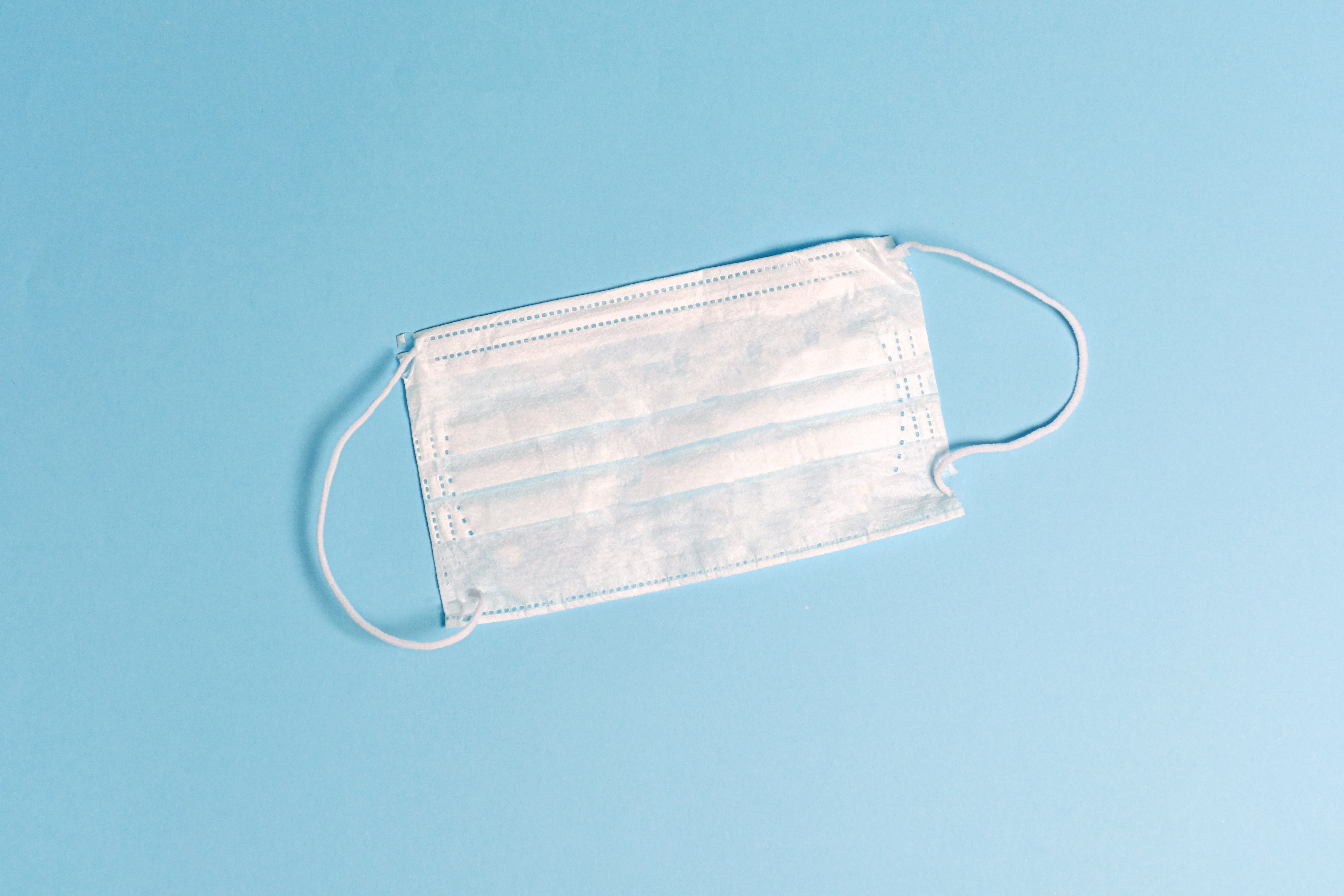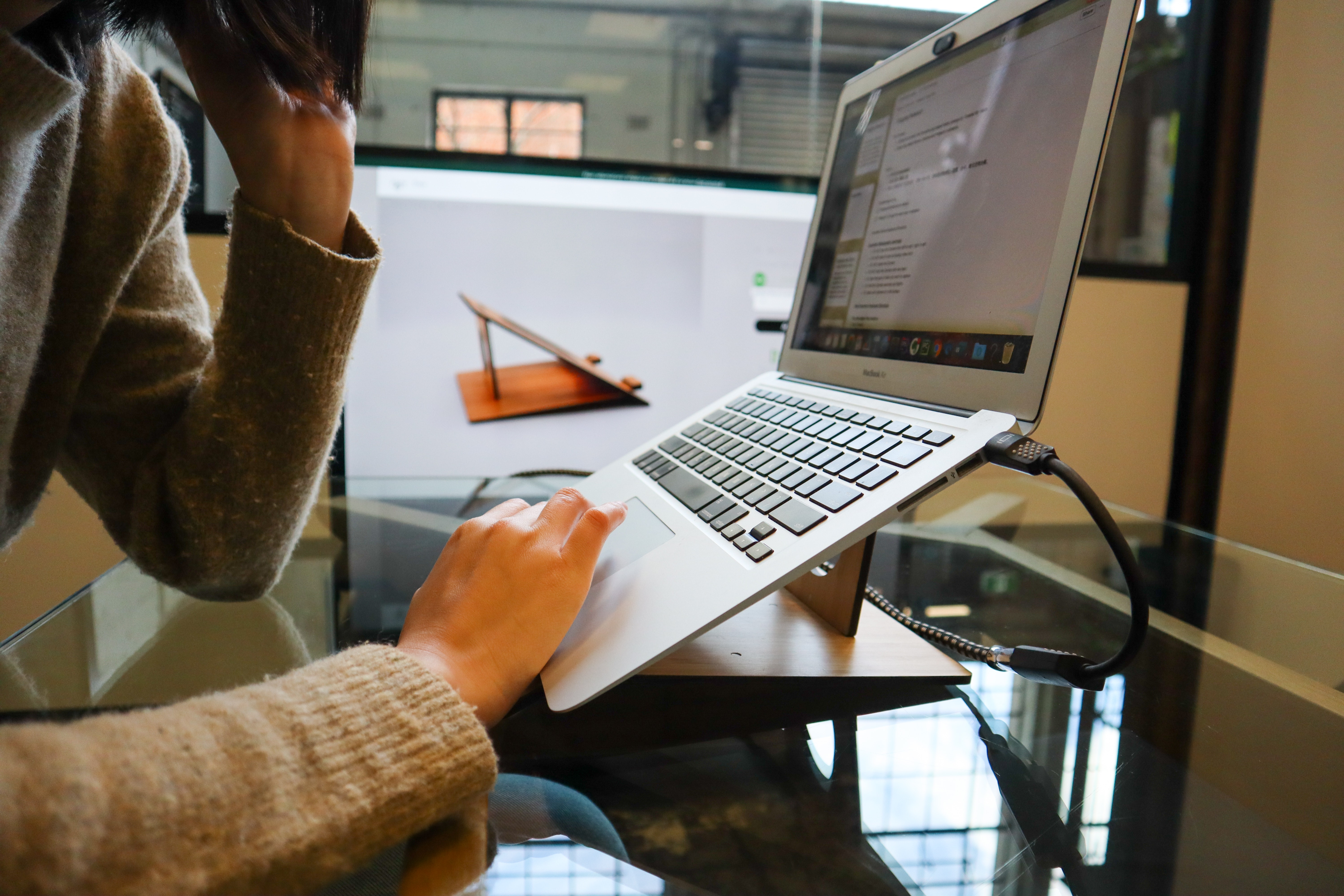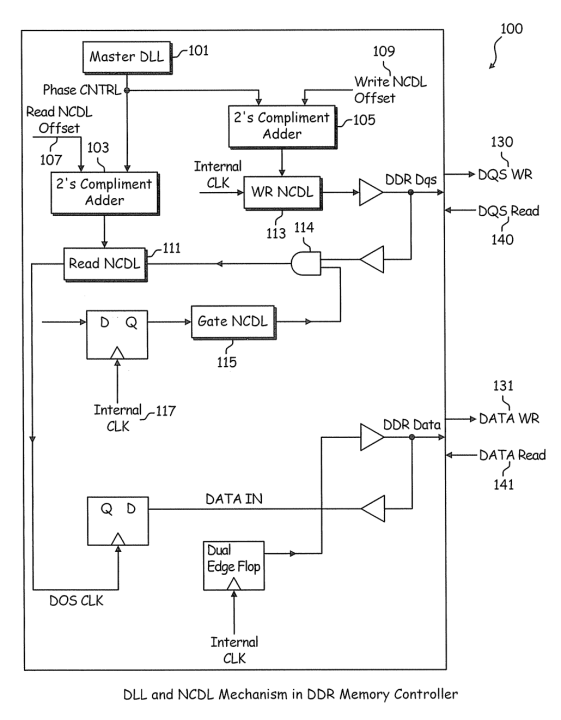Consumer activity is a known indicator for the state of an economy, therefore the sectors of the market where consumers prioritize their income can add color to an economic narrative. Today, the effect of people shifting focus to health and livelihood indoors due to the COVID-19 pandemic can be seen already. As a result, one product area which has seen an increase in demand is healthcare supplies. Healthcare products that were once easily accessible are now difficult to find even over the internet. To show our appreciation for the innovators and creators behind these products, let’s take a look into the evolution of the ideas behind some of the healthcare products currently in high demand.
Face Masks: From Protecting Beards to Killing Viruses
Products with a visibly evident increase in use are face masks. Now recommended and in some states even required, face masks are seemingly simple, yet critical products for those at risk of contracting or spreading the virus. One of the oldest face mask patents is US814741A applied for by a Chicago citizen in 1906. This two-piece mask was focused more on the skincare aspect of health. This mask is for those with beards, helping to prep for shaving and applying facial products.
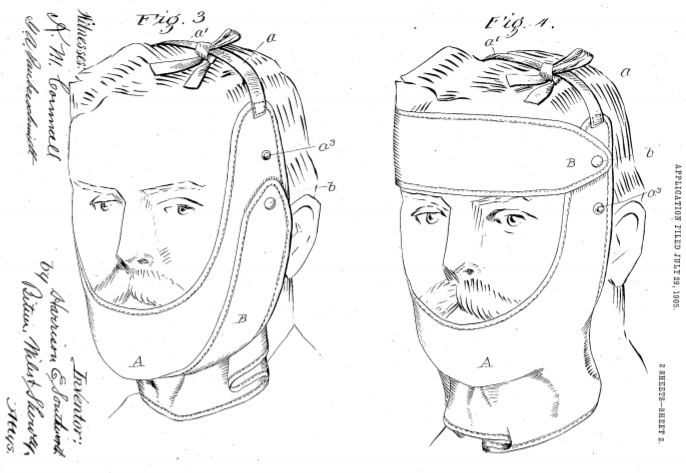
US814741A titled ‘Face-mask.’ Source: ktMINE Patents Application
The following Canadian patent CA2969700C applied for in 2017 is a bit more relevant and recent. This mask solves the issue of traditional masks covering the lower portion of the face, which makes effective communication difficult. The update includes making a portion of the filter transparent, as seen in the image below.
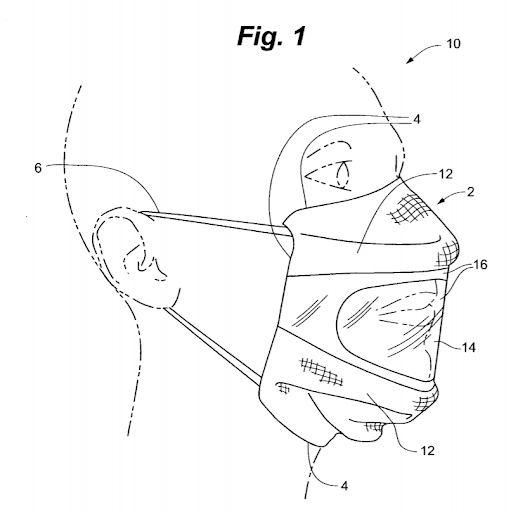
CA2969700C titled ‘Medical face mask with clear portion.’ Source: ktMINE Patents Application
Patent US10201198B2 applied for in 2015 involves a more intricate face mask design. This mask is made with a fibrous coating of partially gelled submicron fibers interweaved with nanofibers. Integrated into these fibers is biocide, a composition of silver, copper, copper oxide, titanium oxide, zinc oxide, iodine, triclosan and/or chlorhexidine; or copper oxide. The mask includes multiple layers attached via ultrasonic welding. Multiple tests for its protection were also conducted resulting in findings that indicate a 99% reduction of bacteria containing Pseudomonas aeruginosa, and 99% of Staphylococcus aureus within 5 minutes.

US10201198B2 Left: Image of partially gelled submicron fibers interweaved with nanofibers; Right: face mask design. Source: ktMINE Patents Application
Gloves: Personalized and Environment-Friendly
A common area people are trying to protect from germs are their hands, via disposable gloves. Applied for in 1990, application WO9103955A1 offers an intriguing, early concept for protective gloves. The application involves spraying or dipping your hands into a protective liquid; either latex, silicone, or vinyl. This coating on the hands is then converted into a protective material by one of the following: unheated or heated air; infrared or ultraviolet light; spraying or dipping hands a second time into a second liquid which may be sterilizing, like alcohol. This method solves issues like limited size variability, and difficulty inserting hands into a glove. The gloves could be removed and disposed of as normal. This process is demonstrated in the images below.
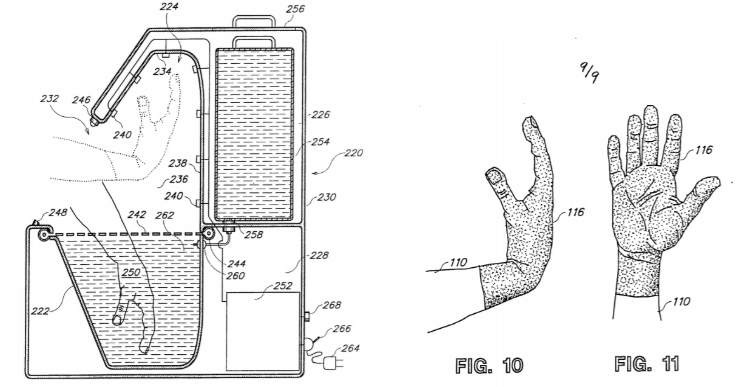
Process and aftermath of method which turns the liquid applied to hands, into a flexible protective material. Source: ktMINE Patents Application
Due to the current increased necessity of disposable gloves, a timely innovation has made them biodegradable. There are multiple patents and patent applications pertaining to the techniques of accomplishing this, and China appears to be very active in this category. One application, CN109354721A, describes biodegradable gloves for medical use, however, it describes its protection as against ‘bacteria.’ Given viruses are smaller, its effectiveness against the current viral pandemic is unclear. CN109907402A is yet another degradable, disposable gloves application for health protection. There is even an application for disposable gloves that are radiation-proof: CN110240728A.
Be on the lookout for the second installment in our PPE innovations series where we will investigate the technologies helping to increase proper sanitization.
